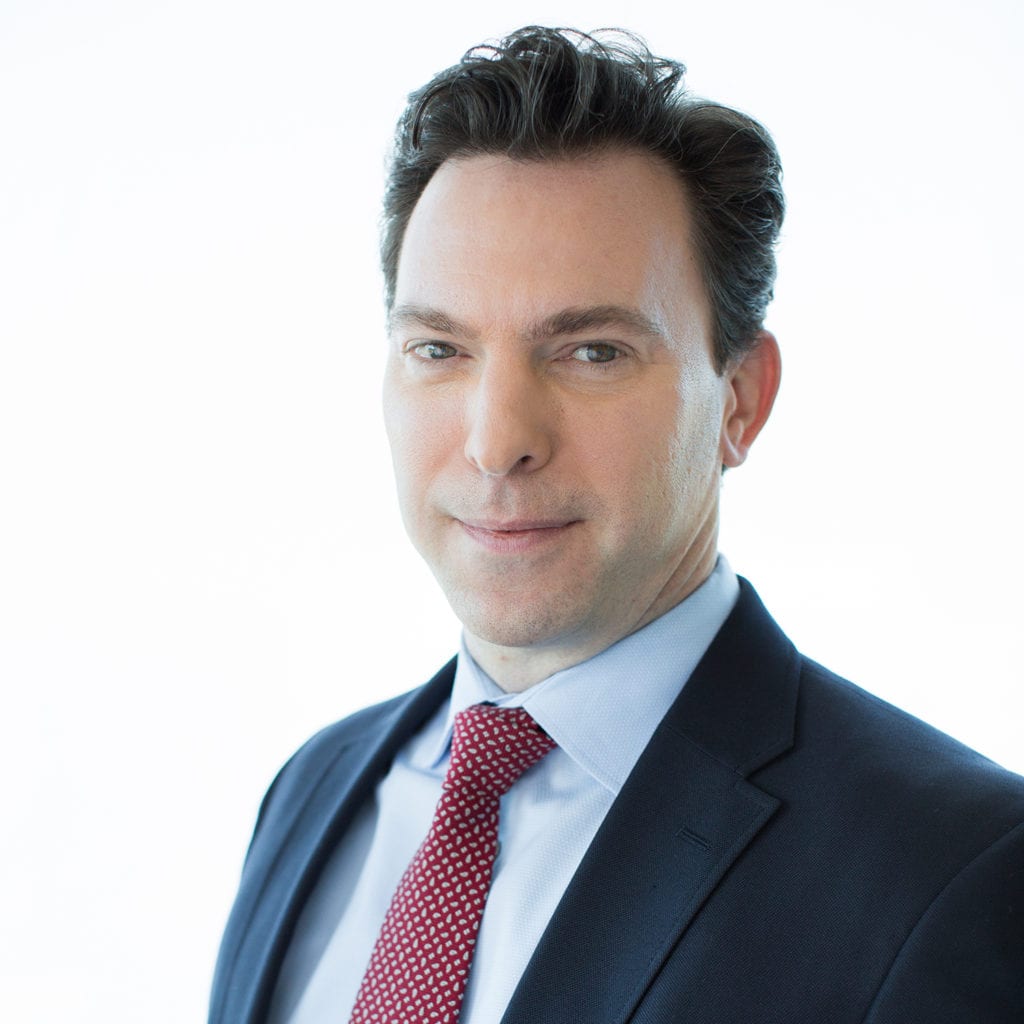
Share this Article
Planning for your Post-COVID Practice
By Thomas J. Bryant, ARM
President, Physicians Insurance
The term “post-COVID life” is a bit of a misnomer, because by no means is the COVID-19 pandemic behind us.
Public health experts warn us that even as the United States — and Massachusetts in particular — make significant progress in vaccinating eligible residents, there is still much ground to cover.
Precautions to protect health care workers and patients will likely be with us for the foreseeable future. Also expected to be permanent fixtures in most practices are a general shift to telemedicine for both safety and convenience reasons, and increased expenses that have come with a greater demand for personal protective equipment (PPE), reduced patient loads and deferred procedures and visits.
But because state officials at the national and state levels have signaled a possible return to some normalcy in business and civic life this summer, we think it is time to consider how this societal shift could affect your practice and your patients in the coming months. The following are some of the emerging industry topics we are tracking at Physicians Insurance.
Ongoing COVID-19 protocols:
Consider your current policies for exposures in the office and decide how you will continue to handle contact tracing, staffing, and continued enhanced office cleaning. Your practice policies and procedures should align with the most recent, ever-evolving CDC guidance and state policies.
Costs of insurance:
Although the reasons for rising premium rates vary by line of insurance, the trend as we look ahead, is troubling, both nationally and regionally. One of the biggest expense areas for physicians is medical professional liability coverage. Even though physicians have favorably impacted the frequency of claims in the last 30 years, the severity of indemnity payments, and the general costs of litigation have risen in recent years — negatively impacting premiums.
Increased risk from deferred treatment:
It’s clear that a significant number of patients deferred medical visits during the pandemic, especially for checkups and management of chronic conditions. Now that you have an opportunity to get your eyes on your patients, take labs and more fully assess, consider the context and possible delays that may add complexity to the case. As we discussed in our last column, strong patient-physician communication, record-keeping, and proper documentation protocols are more important than ever.
Office insurance:
Consider how your exposure and practice shifted over the past year, and consider how the coming 6 to 12 months may look. As rates change there are a few important questions to consider: Is your location properly classified in terms of square footage? Is your contents coverage limit still accurate and appropriate? Are there changes to the value of perishable drugs on hand? Be sure to inform your insurance agent if your practice has experienced shifts in these areas.
Permanent increase in practice expenses:
The demand for PPE rose significantly over the past year due to skyrocketing need and supply chain interruption, and in some parts of the country costs remain high, especially for gloves and N95 masks. In addition to the extra costs for PPE, most practices scheduled fewer patients per day to accommodate physical distancing and properly disinfect spaces between patient visits.
Officials in Washington state and the California Medical Association recently introduced legislation in their respective states to require health insurers to reimburse medical and dental practices for pandemic-related expenses such as PPE, disinfectant, and the staff time required to screen patients for symptoms before an appointment. But the insurance payers have countered that many practices received subsidies through federal grants and Paycheck Protection Program loans for COVID expenses.
It’s too early to know exactly how these various trends could affect your practice as the “new normal” slowly starts resuming. We will continue to explore these and other challenges in future columns.
Here at Physicians Insurance, we also watch and wait to see what “post-COVID” life will bring. One thing is certain, we intend to continuously expand the solutions we offer to meet the challenges that arise. Like many of our clients, we too have shifted our operations, adopting digital and remote solutions to enhance our services. We look forward to sharing these with you.
Physicians Insurance President Thomas J. Bryant, ARM, is a licensed property, casualty, life, accident, and health broker in all six New England states and was an adjunct clinical assistant professor in the School of Health Sciences at Bryant University during the period from 2016 through 2018. Most recently Tom developed a video presentation on malpractice basics for Harvard Medical School fourth-year students, and he has participated in NEJM Resident 360 virtual panels on topics related to financial matters important to early-career physicians.
Is it time to examine your current policy? What you don’t know can hurt you. For more information on how Physicians Insurance can support your practice and help you mitigate risk, call 800.522.7426.
Please email Tom Bryant at tbryant@mms.org with any questions.
Please email Meghan Stanley at mstanley@mms.org with any topics you would like to see us cover in this space.
posted June 4, 2021





